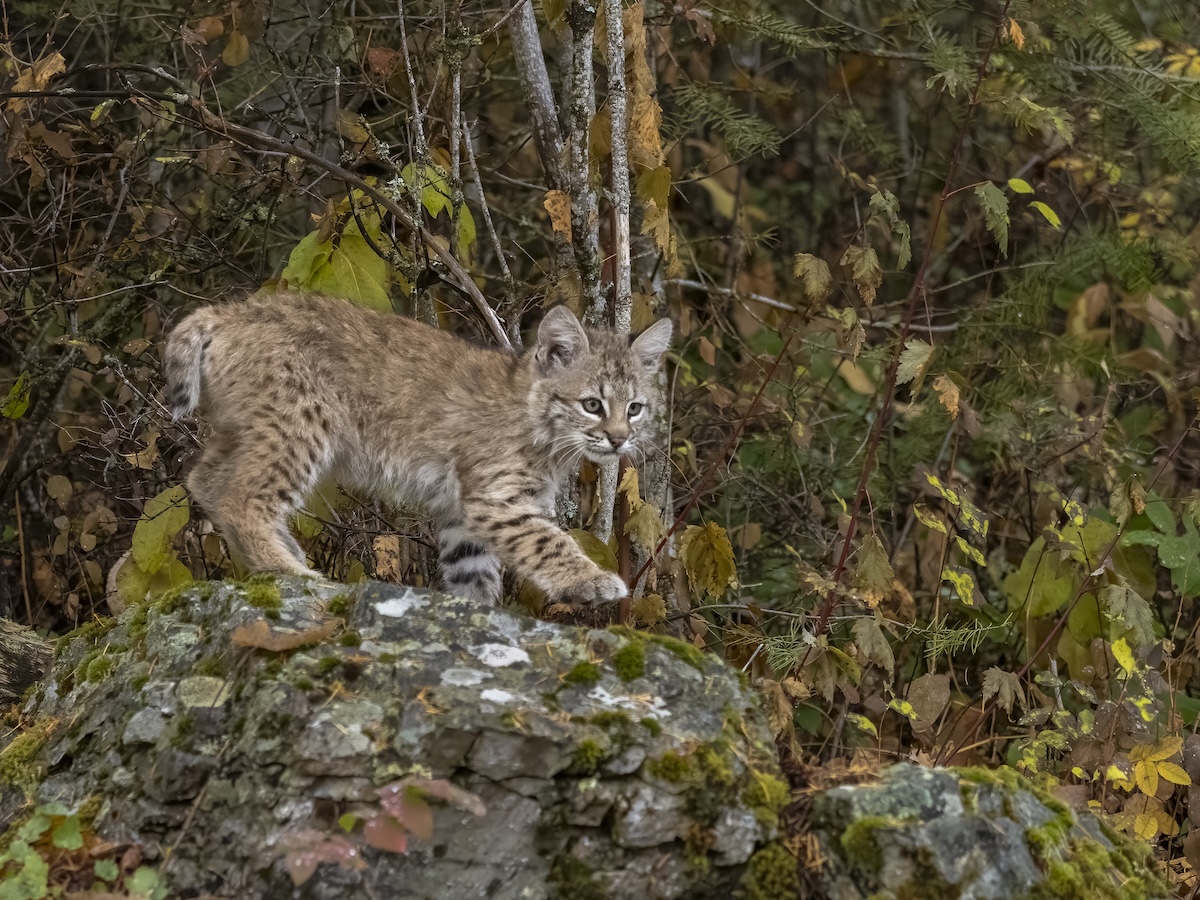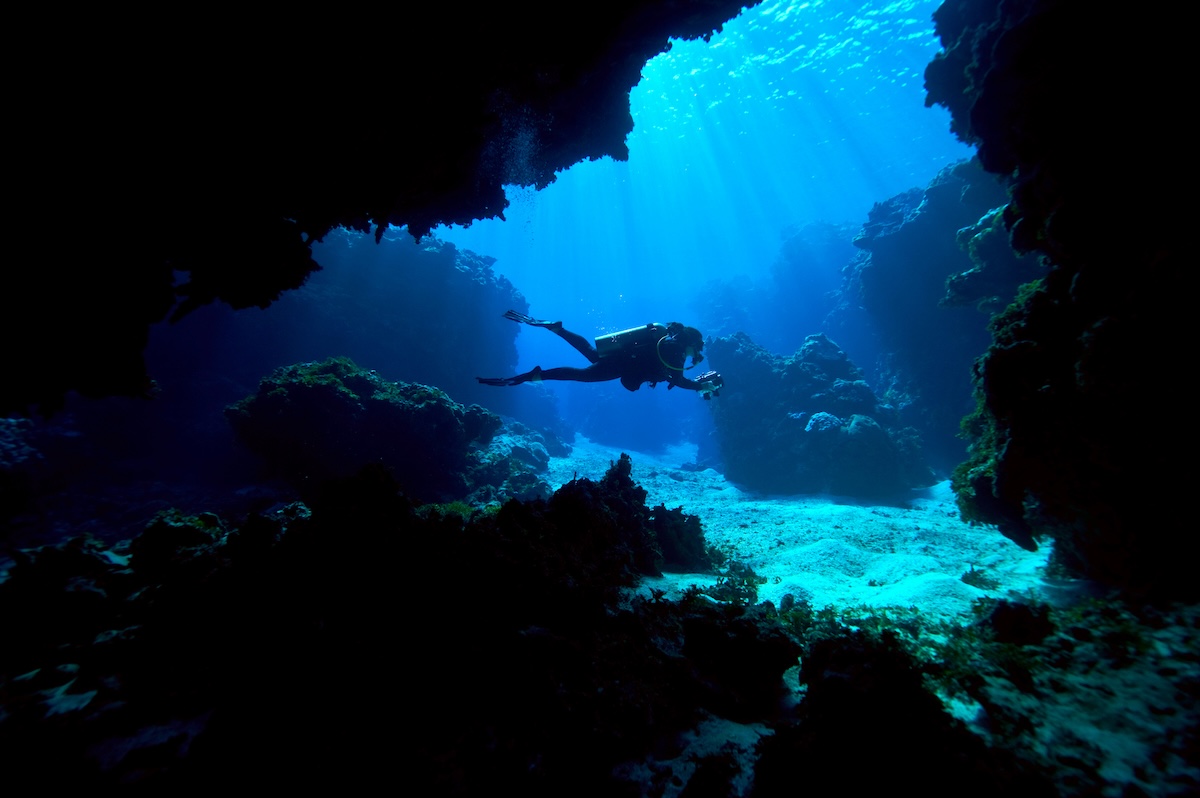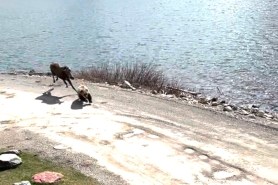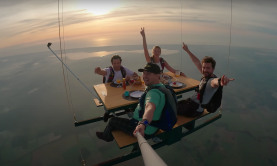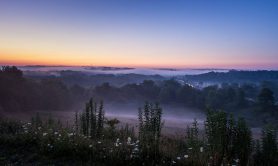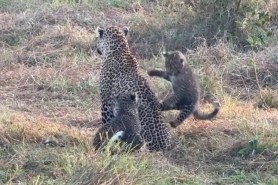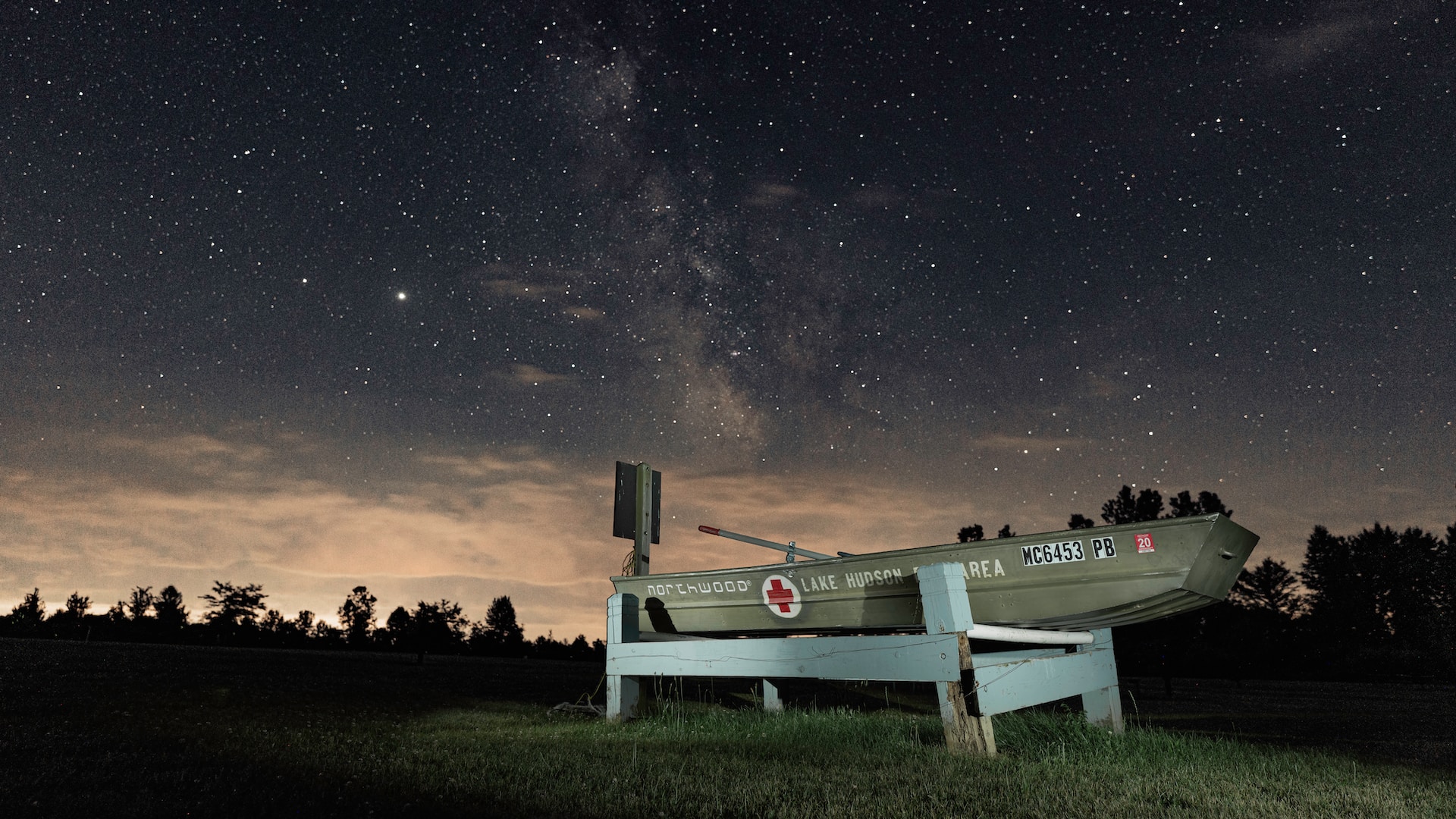

This April, we earthlings will get a rare opportunity to watch meteors streak across the sky during the Lyrid meteor shower, which comes from the debris of Comet Thatcher, officially named C/1861 G1 (Thatcher). While the Lyrid meteor shower can feature bursts of up to 100 meteors per hour, 10 to 15 meteors per hour is more common during the shower’s peak. This year’s meteor shower will take place April 15 to 29, with the peak from April 21 to 22, which is shortly after a new moon for good viewing opportunities.
Videos by Outdoors
To view the Lyrids, you’ll need a dark area with a clear sky. While your own backyard could potentially be a great viewing location, why not head out on a road trip to step away from the lights of civilization and experience total darkness while gazing upward to spot meteors? Pack warm clothes and blankets, a lawn chair, and even a telescope or binoculars, and get ready for the wonders of the celestial skies. Here are the best places to watch the show.
1. Zion National Park, Utah

Zion National Park is an International Dark Sky Park in Southwestern Utah, and a great place to hike during the day and enjoy the meteor shower at night. Beyond the park itself, explore the Greater Zion region for more dark skies. If you would like to venture out with the pros, you can also sign up for a tour of the night sky with Stargazing Zion. Guides facilitate a viewing experience with telescopes and “zero gravity pods” to lay on while gazing up. Local state parks in the region, including Gunlock State Park and Snow Canyon State Park, also offer dark skies for viewing, and both parks are working to become Dark Sky-certified.
2. Natural Bridge State Park, Virginia
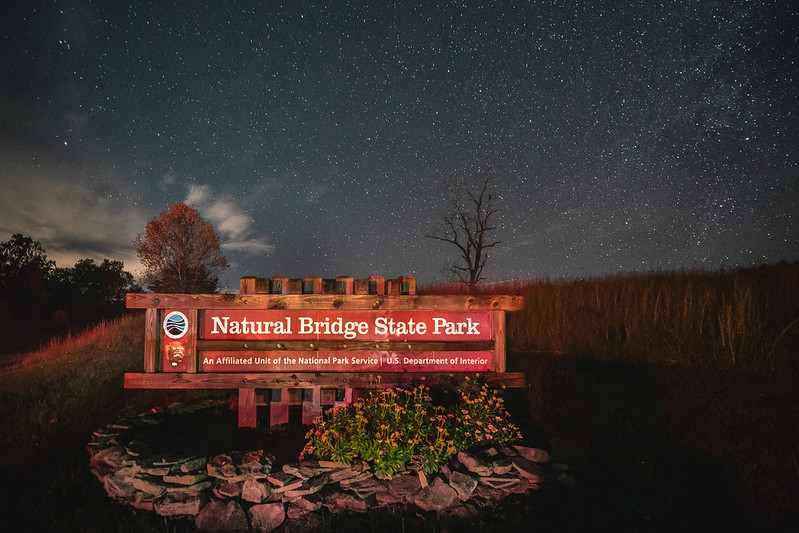
Virginia’s Natural Bridge State Park is hosting a special Dark Sky Night: Lyrid Meteor Shower Watch on April 22, 2023. Park rangers will lead an evening of night sky exploration at the state park, which is an International Dark Sky Park, taking visitors on a 15- to 20-minute moderately difficult hike to the viewing area at Jefferson Point. You’ll get the chance to gaze through a telescope, spot a meteor and learn about the night sky, its constellations, planets and nebulas. Bring a comfy seat and a red-light flashlight, and be sure to check if the program is a go as it is weather-dependent. If you’d rather travel to Jefferson Point by haywagon, sign up early to snag a ticket for one of the limited number of seats available.
3. Lake Hudson Recreation Area, Michigan
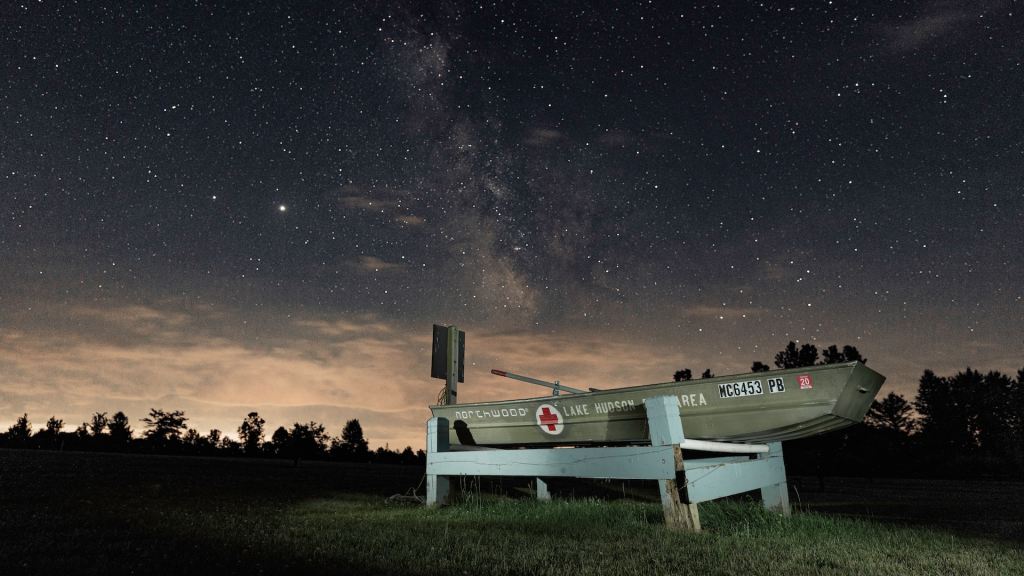
In Lenawee County, Michigan’s Lake Hudson Recreation Area was designated as a Dark Sky Preserve in 1993 and the recreation area is hosting a Dark Sky Event on April 22 that provides a perfect opportunity to gaze at meteors. Enjoy “Meteors and S’mores” at the Pavilion and join the Nighttime Scavenger Hunt for kids ages 10 and up or a glow-in-the-dark star hunt for younger kids. The guided night hike offers more dark sky viewing, but be sure to bring your own telescopes and binoculars.
4. Cosmic Campground, New Mexico
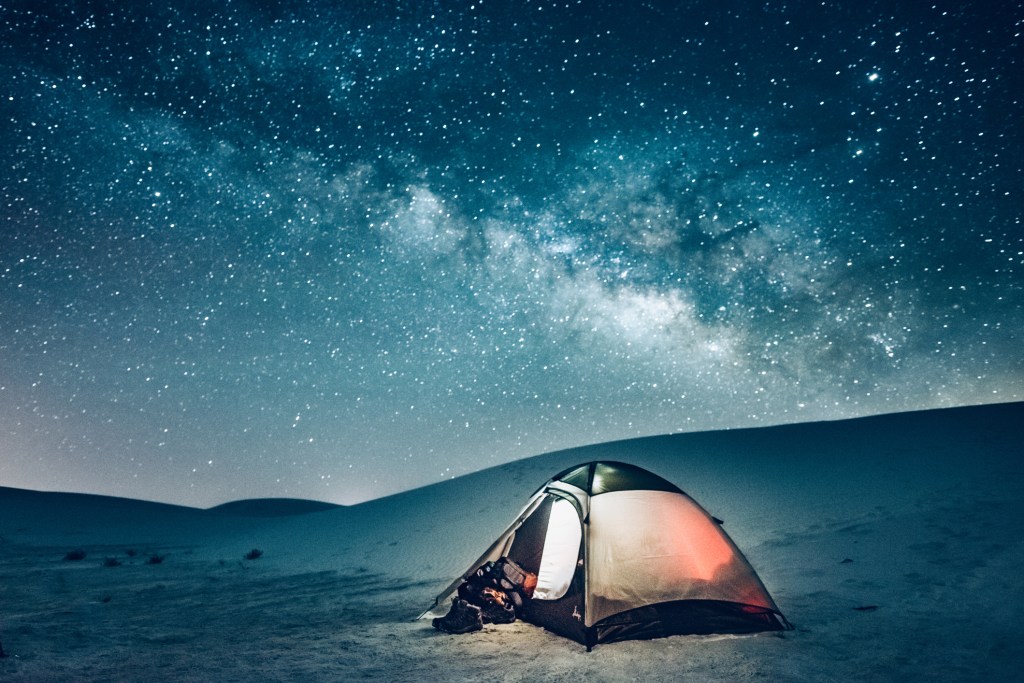
New Mexico’s Cosmic Campground, located in the Gila National Forest, is in the western part of the state, and is an International Dark Sky Sanctuary. The closest artificial light is many miles away, so if you’re looking for a very dark sky, this location is ideal. The campground also has telescope pads and a 360-degree view of the night sky. It has basic facilities, like a vault toilet, and is first-come, first-served, though they ask visitors to arrive before dark so their headlights don’t interfere with the dark sky experience.
5. Big Bend Ranch State Park, Texas
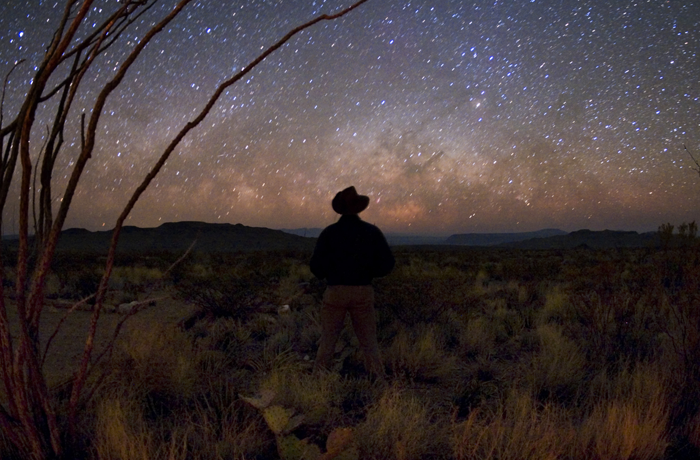
Big Bend Ranch State Park is hosting Airstrip Astronomy on April 22 at the Sauceda Airstrip. Peer at the night sky through telescopes and learn about astrophotography at this dark sky party celebrating Texas State Parks’ 100-year anniversary. A limited number of camping spots are also available on the airstrip, and reservations are required. Be sure to bring chairs, blankets, and a red light (though they ask for people to keep lights off as much as possible). Texas is also home to a number of other dark sky locations, including nearby Big Bend National Park and the Greater Big Bend International Dark Sky Reserve, which includes more than nine million acres in the U.S. and Mexico.
